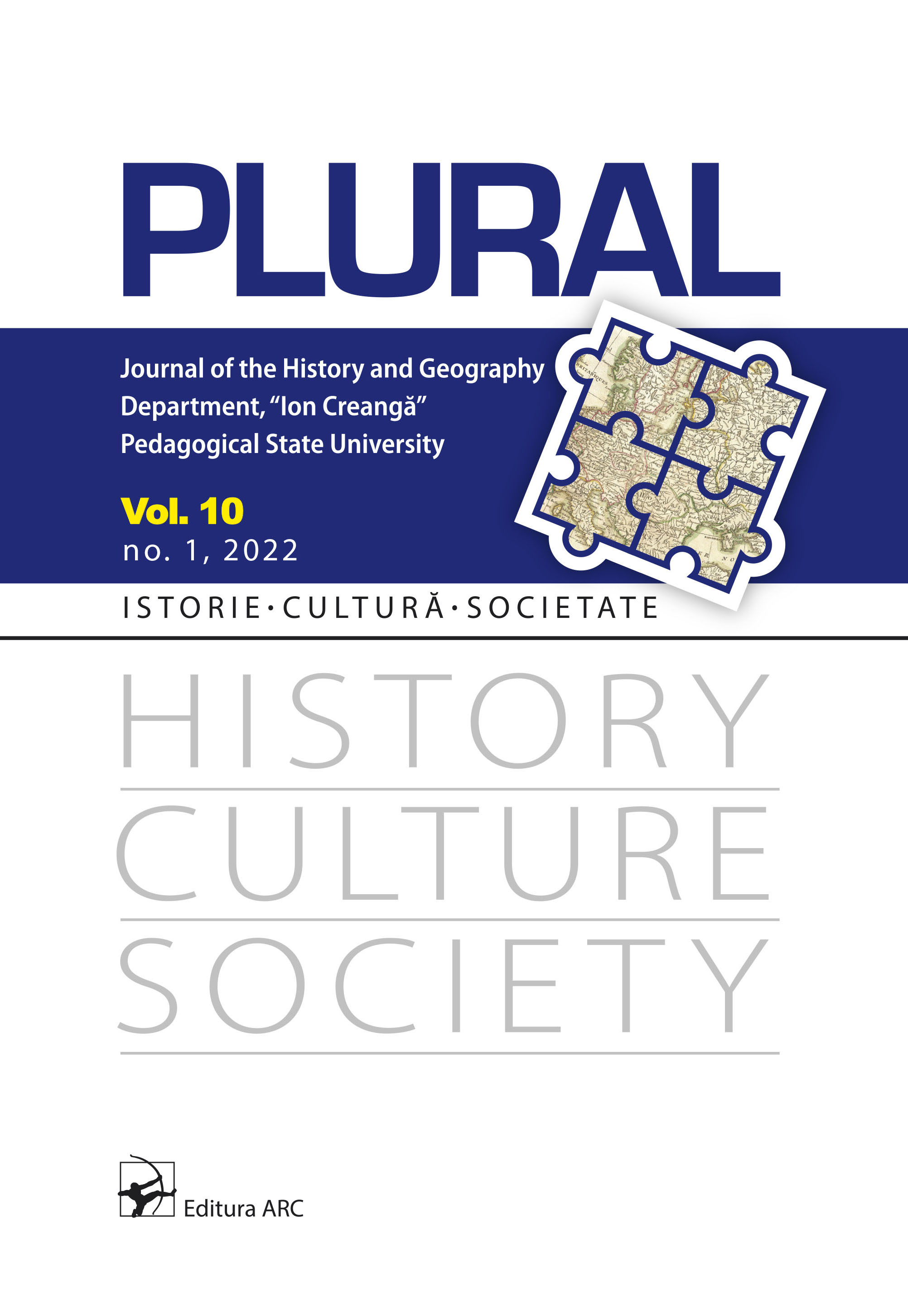Almgren 236 Fibulae from Poiana (Romania)
Almgren 236 Fibulae from Poiana (Romania)
Author(s): Daniel SpânuSubject(s): Archaeology, Cultural history, Ancient World
Published by: Facultatea de Istorie și Geografie, Universitatea Pedagogică de Stat „Ion Creangă”
Keywords: Almgren 236/237 type fibulae; Roman imports in Barbaricum; Early Roman period; Romania; acculturation; imitation;
Summary/Abstract: Among the numerous Early Roman fibulae discovered at Poiana (GalaţiCounty, Romania) there are also some specimens of the Almgren 236/237type, also called Norican-Pannonian fibulae (Germ, Doppelknopffibeln). Three of them (figs. 1 and 2) are still preserved today in collections from Tecuci and Bucharest. Three other specimens were probably lost during 2nd World War,but their existence is attested by Radu Vulpe’s sketches drawn in his field journals (fig. 3). One fibula was discovered in the funeral pyre of the “Movila Hârtop” tumulus in Poiana (fig. 2/2). All the others come from the protohistoric settlement on the “Cetăţuie” site, but their contexts were insufficiently documented. The Almgren 236/237 type fibulae from Poiana exceed the number of similar specimens found so far in other sites dated before the conquest of Dacia by Trajan on the territory of today Romania (fig. 4). The presented fibulae from Poiana indicate the close cultural contacts with the Alpine provinces in the early period of Roman Principate. The typological and chronological framing of the fibulae from Poiana are deficient due to their incomplete state of preservation. However, the reception of Norican-Pannonian fibulae in local cultural milieus since the Augustus-Claudius time is suggested by a local imitation of silver discovered in the Remetea Mare hoard (fig. 5).
- Issue Year: 10/2022
- Issue No: 1
- Page Range: 161-176
- Page Count: 16
- Language: English

